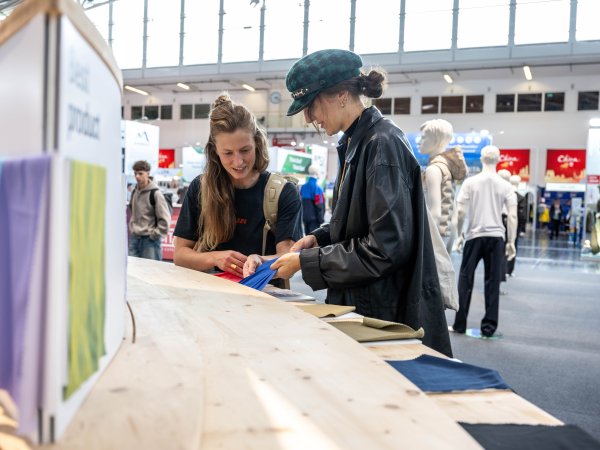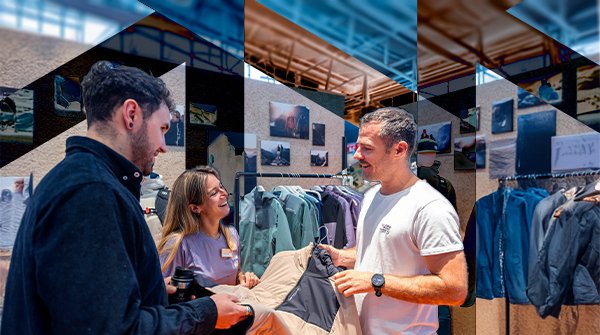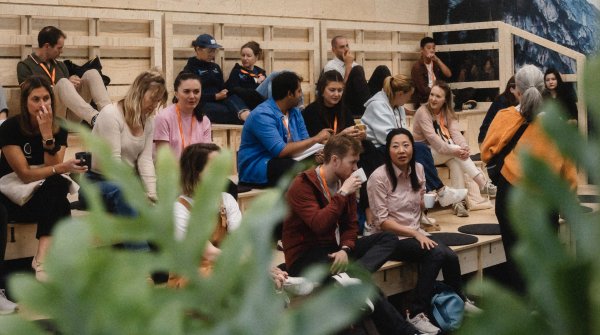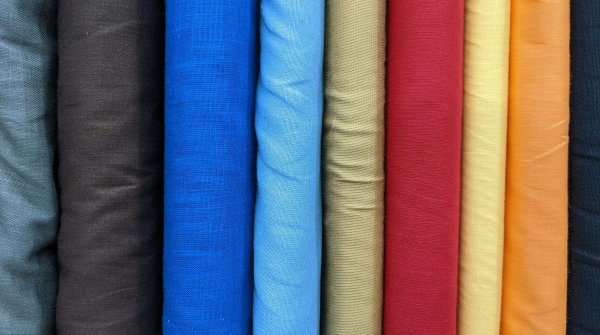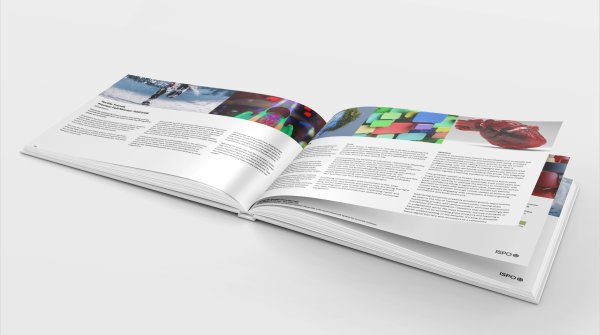Key principles such as transparency, traceability, and responsibility will guide us throughout the entire product life cycle. Together, we can forge a path for change, revitalizing an established industry to welcome bold ideas and innovative processes. While this may seem daunting, it is not just possible—it is essential. By uniting our efforts, sharing insights, and striving for new benchmarks in performance, material innovation, and product design, we can propel the sports and outdoors sector into a vibrant future.
Now is the pivotal moment to shift our focus. Even the smallest steps can lead to monumental strides. This Spring/Summer, we’re witnessing the rise of groundbreaking processes like zero waste, net zero emissions, multi-functionality, and interchangeable products. These innovations not only promise an efficient industry but also empower consumers to enjoy products that are smarter and more sustainable, inspiring hope for a responsible future. We must confront the pressing challenges of overproduction and overconsumption head-on.
Each of us plays a role in this, and by reforming our personal consumption habits, we can encourage a more accountable approach across the entire industry. Sustainability must continue to be at the forefront of our efforts; however, let us not forget the core of our industry: Sports and Outdoors. Performance and creativity are just as critical.
Now is the moment to collaborate, harnessing all three pillars of sustainability, performance, and inspiration. Together, we can deliver responsibly sourced, thoughtfully designed, and expertly manufactured products that will stand the test of time, motivating us to push the boundaries of what’s possible. This vision was reinforced by the ISPO Textrends jury, highlighting significant changes they observed in the latest innovations. The recurring themes of sustainability, circularity, responsibility, and lightweight design underscore the direction we must take. Let's seize this opportunity to create a lasting impact in our industry.
Prior to the meeting, ISPO Textrends releases five textile trends, aimed at sharing out outlook as to how we see the industry shaping and the need for change.
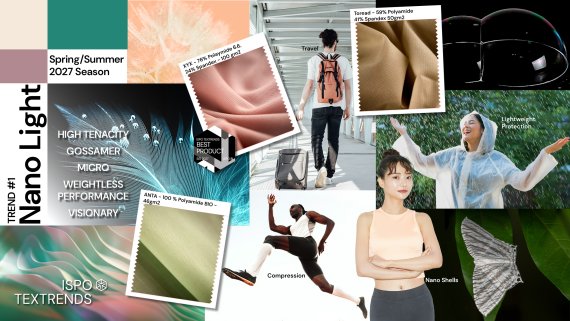
Kicking of with Nano Light, this trend is a marvel of engineering and design. With a respectful nod to nature, it delivers performance and protection on barely-there substrates, with outer shells weighing less than 100 gm2. The real winners are the base layers, offering a surreal touch against the skin. The effect is a blend of comfortable compression in circular and warp knits, and paper-like natural-touch, high-tenacity composite fabrics.
Far from being just a trend, this is a sustainable innovation that embraces biomimicry and innovative yarn use to create a unique surface texture and 3D relief. The use of bio-based DWR further enhances its performance, with both natural and synthetic yarns playing a role. However, it's the latter that takes the lead, thanks to the advantages of ultra-light synthetics.

Waste not, want not. This principle drives the hyper-vigilance in circularity and the use of strong sustainable ingredients, such as organic cotton, recycled polyester, and hemp, not just among consumers, but certainly within the industry. It's not just a trend, it's a responsibility. From textile-to-textile to cross-industry waste finding a new purpose, this movement is defying the odds and delivering performance.
With global temperatures on the rise, the time for a steady alternative to stripping finite resources is now. And we, as an industry, have the power to make it happen with sustainable practices that also deliver performance.
Feedstock comes from near and far ocean waste for synthetics, whilst agricultural and food industry waste also plays a part in the textile process, from dyes to ingredients. Polyester continues as a main source, but check out the bio and recycled from ocean waste versions, teamed with biodegradable chemistry, where you can accelerate reducing the ‘microfiber pollution problem’, process that is a bugbear to the industry and consumer alike, infiltrating our food sources and water systems.
Responsible textile sourcing is not enough; responsible design is where we consider the end-of-life options before we even start is key. Switching your dye process from wet to dope has a dramatic impact on water and energy, plus a reduction in off-cuts.
Zero waste is the objective, from recycling cutting scraps on the factory floor to using industrial and post-consumer waste to create new feedstock that will provide an infinite source for the future. It is our responsibility to pledge to leave no trace, reduce our impact, and use less natural resources. It’s time to get innovative.
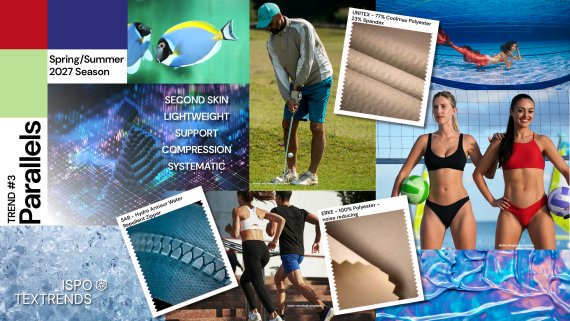
Comfort is crucial in the sports and outdoors sector, enhancing performance and going the distance if endurance is required. Through Parallels, we explore the symbiotic connection of protection with the anatomical structure. This design ensures that our apparel moves with the flow of your body during play, providing a sense of security and safety, especially in sports like tennis and golf, or running where a higher level of compression is required.
Second skin, seamless apparel is a testament to precision, offering perfect body-mapped accuracy, enhancing the comfort and support of the wearer, in achieving their personal best. With a reduction in components in classic cut-and-sew, the importance of responsible design maximizes the use of compact substrates, which can be clean cut for anti-chaffing on seams and laser cut for air permeability in all the right places.
Base-layer brilliance with high-level durability, ensures that the consumer’s gear will last, with the sturdier and compact second layers and the classic composure of outer-layer delivering durability and longer life. The parallels between wovens and knits become closer, the latter mimicking lightweight wovens with mechanical stretch. These are intelligent fabrics responding to the body’s demands, whether on the tennis court, golf course, or hiking through the mountains.
Order the latest trendbook at ISPO for Spring/Summer 2027, an essential working tool for product managers and designers, available in both digital and print form. Containing all the trend information and the winning products in categories such as finished goods, accessories, fibers, and fabrics. All in all, this book provides essential basic knowledge for product creation. Order the print version and get the digital version for free.
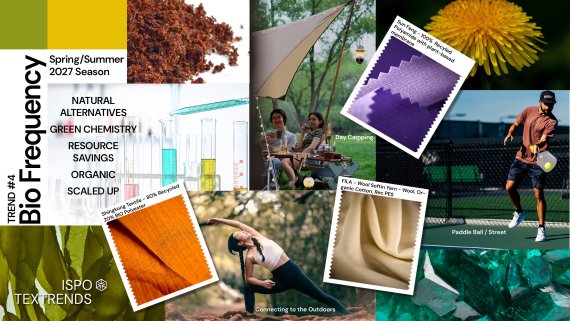
There is a promising surge in bio-based developments in the material sector, extending beyond cellulosic from alternative sources. This bold and bio-based shift is reshaping the textile sector, as we harness cross-industry bio waste to create the products we need. From dandelions to cactus, mushrooms to hessian, we are exploring new renewable sources for raw materials, offering a bright future for the industry.
The potential of polyphonic factories for natural fibers is a promising innovation. These factories, which can be established without encroaching on arable land, operate under controlled conditions that minimize water and pesticide use. Consider utilizing food waste for dyes and finishes, or harvesting algae for a variety of auxiliaries. While there are numerous alternative ingredients, our current focus is on those that can be scaled-up to a commercial level from the lab.
The bio-based synthetics industry must now strive for a 100 percent rate to be truly authentic. No more blends with virgin qualities; the demand is for the real deal. The bio business is evolving out of necessity, and it is one of the most promising areas for achieving performance from alternative sources. The chemistry in textiles has now transitioned from clean to green, a transition we must continue to support.
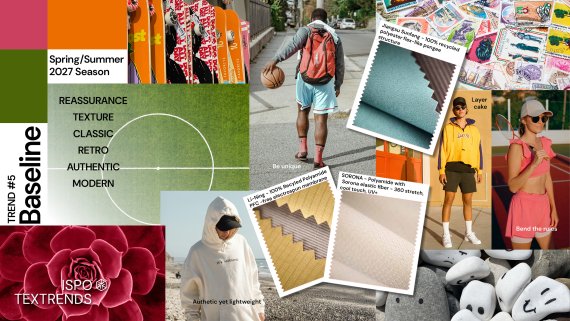
A need for comfort combined with an interest in the past isdriving a significant shift in the textile industry, especially for Gen Y and Alpha, looking for tactility in a texture-void digital world. The demand for reassurance, value, and durability is leading to the demand of basic textiles, but with a twist.
Bio-based, virgin, and recycled synthetics, combined with the latest spinning innovation, are producing air-textured yarns that closely mimic natural counterparts. These 100 percent basics, falling into the mono movement, offer the raw cotton or wool touch consumers love, but with added lightness and performance. Further chemical enhancements provide a cool touch and effective moisture management.
The textile industry is not just about performance, but also about sustainability. The much-loved nostalgic aspects with a pre-loved look are now combined with high-level performance and incredibly strong eco credentials. The focus on the n settings, with a range of French terry, interlock, fleece, needle corduroy, performance denim and textured surfaces that are reassuring to touch and offer a stark contrast to the precision and flatness of traditional qualities.
With tactility and comfort driving this trend, the demand for lightweight and multi-functionality is also on the rise. Classic fabrics have not only retained their appearance but have also become far more long-lasting, abrasion-resistant, and environmentally friendly. This is a result of a mixed bag of fibers and finishes, all of which are committed to responsible manufacturing practices, including the use of renewable energy at the factory level. This renewed authenticity, made well with durability, will become seasonal pieces that will last the consumer for years to come, turning a basic into a beloved piece.
ISPO Textrends offers a valuable platform for showcasing innovative materials and textiles in the sports and outdoor industries. With over ten years of expertise, it provides companies the opportunity to gain global recognition through the ISPO Textrends Award. Selected products are professionally photographed and featured in the Trendbook, which is used by designers and product managers. Winning products are displayed at the ISPO Textrends Hub at ISPO from 30. NOV. – 02. DEC. in Munich, driving additional visibility through QR codes linking to exhibitor booths. Participants also benefit from ISPO’s PR efforts, helping to amplify their brand and attract new business opportunities.
Prepare for the upcoming season by discovering the best materials and trends in the ISPO Textrends Marketplace and Trendbook.
Got an innovative textile? Apply now for the ISPO Textrends Award and showcase your product to the world!
- Nano Light: Ultra-light, sustainable fabrics combining bio-based DWR and synthetic yarns for high-performance base layers.
- Hyper Vigilant:Circularity and sustainable materials like organic cotton and recycled polyester reduce waste and resource depletion.
- Parallels:Seamless, second-skin designs provide body-mapped comfort and durability for enhanced performance in sports.
- Bio Frequency: Bio-based materials, including alternative fibers like cactus and mushrooms, are transforming textile innovation toward sustainability.
- Baseline:Tactile, high-performance fabrics made from recycled and bio-based synthetics meet the demand for comfort and durability.
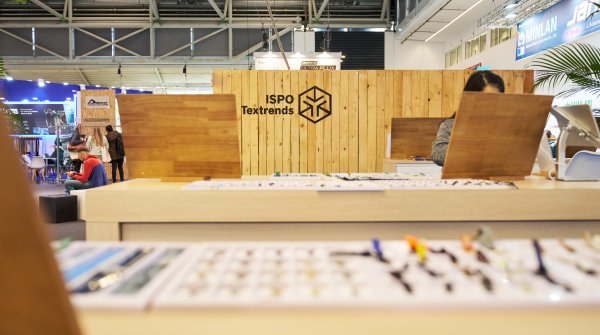 ISPO TextrendsThese are the winners of ISPO Textrends Spring/Summer 2027
ISPO TextrendsThese are the winners of ISPO Textrends Spring/Summer 2027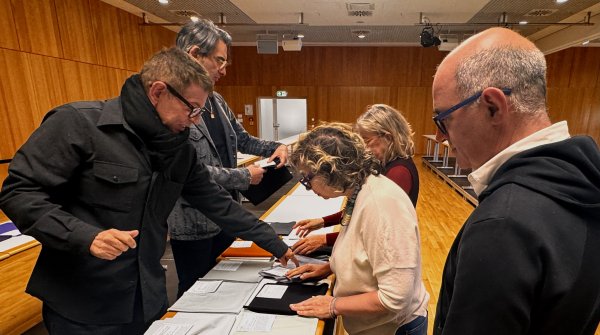 ISPO TextrendsISPO Textrends Jury Meeting for Spring/Summer 2027
ISPO TextrendsISPO Textrends Jury Meeting for Spring/Summer 2027
- ISPO awards
- Mountain sports
- Bike
- Design
- Retail
- Fitness
- Health
- ISPO Job Market
- ISPO Munich
- ISPO Shanghai
- Running
- Brands
- Sustainability
- Olympia
- OutDoor
- Promotion
- Sports Business
- ISPO Textrends
- Triathlon
- Water sports
- Winter sports
- eSports
- SportsTech
- OutDoor by ISPO
- Heroes
- Transformation
- Sport Fashion
- Urban Culture
- Challenges of a CEO
- Trade fairs
- Sports
- Find the Balance
- Product reviews
- Newsletter Exclusive Area
- Magazine
